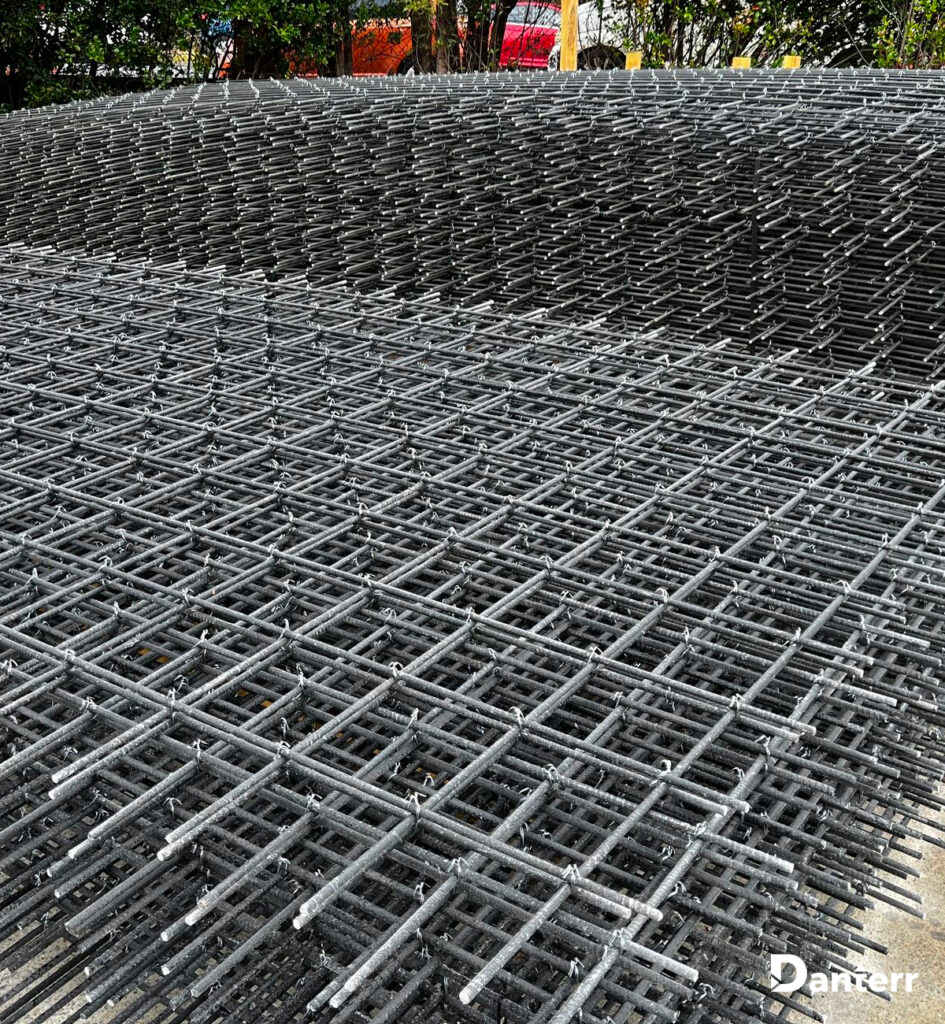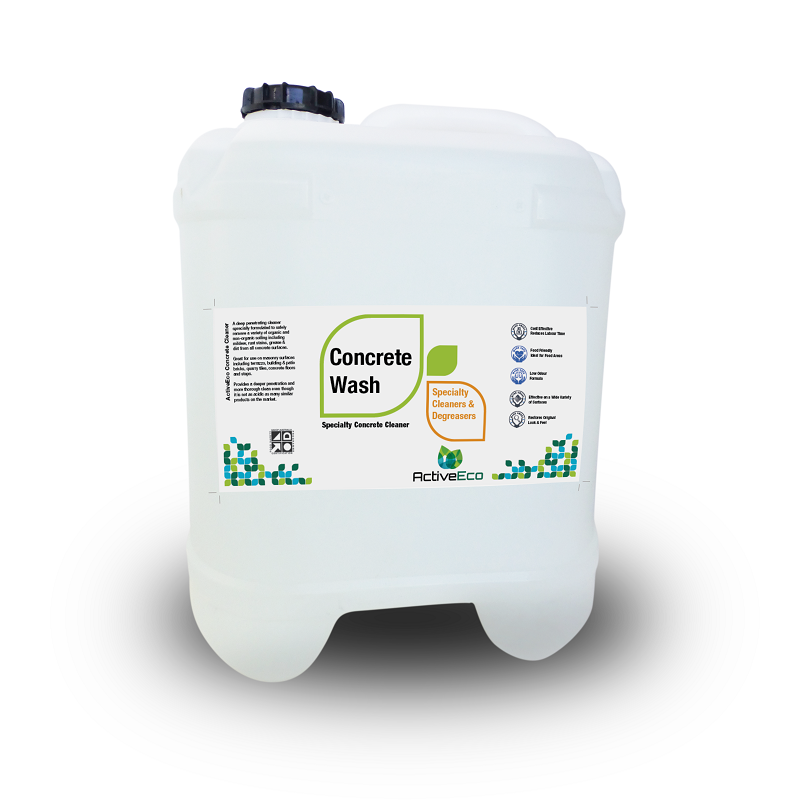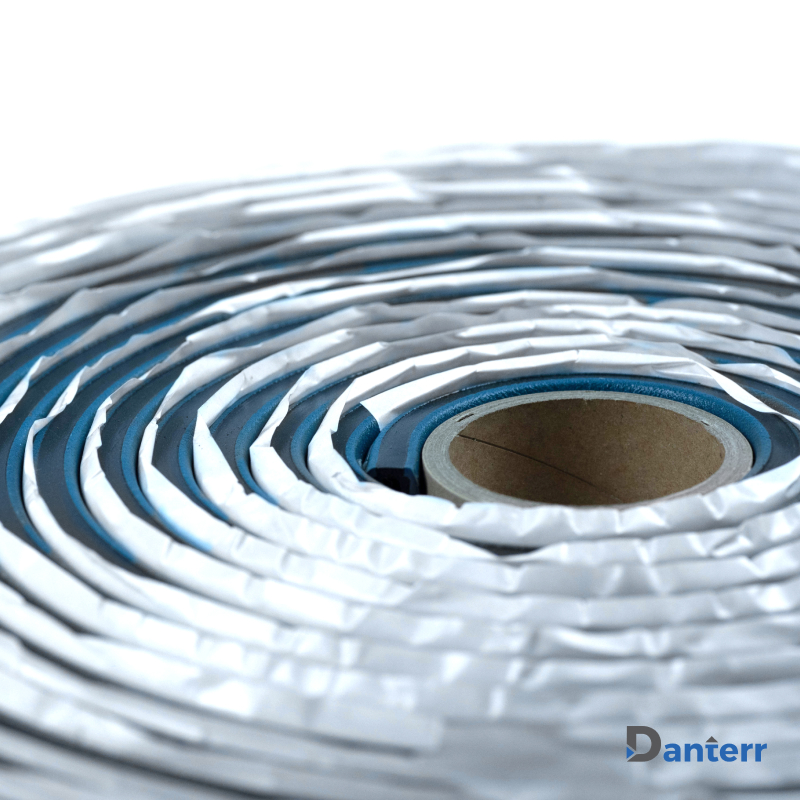Editor’s Note: This post, originally published on September 13, 2021, has been thoroughly revised and updated to ensure accuracy and comprehensiveness.
Hydroelectric power plants exemplify humanity’s ingenuity in harnessing natural forces for sustainable energy. The Hoover Dam, constructed during the Great Depression (1930-1935), is a monumental feat of engineering. Standing 726 feet high, 1,244 feet long, and weighing 6.6 million tonnes, it is located on the Colorado River between Arizona and Nevada. The dam provides crucial flood control, irrigation, and water supply to over 25 million people in the southwestern United States. Despite a global decline in hydropower usage, new projects like Australia’s Snowy 2.0 highlight its ongoing significance in renewable energy.
Hydropower and Its Impact
The Hoover Dam is a prime example of the immense potential of hydropower.
Engineering Feats
- Built between 1930 and 1935 during the Great Depression.
- Once the largest electric-power generating site and concrete structure in the world, it remains one of America’s largest dams.
Environmental and Economic Impact
- Flood Control: Effectively manages water levels to prevent flooding.
- Irrigation: Transformed arid lands into fertile grounds, enabling extensive agriculture.
- Water Supply: Provides essential water resources to millions in a previously dry region.
Historical Significance
- The Hoover Dam exemplifies how human ingenuity can harness natural forces for massive public benefit. Despite its age, it continues to be a vital source of hydropower, supporting regional growth and development.
Current Usage of Hydropower
Globally, hydropower remains a significant source of renewable energy:
- Global Share: As of 2023, hydropower accounts for approximately 16% of the world’s electricity generation. (Source)
- Installed Capacity: The global hydropower capacity is expected to increase by 17% between 2021 and 2030, adding about 230 GW. (Source)
- Regional Growth: China continues to lead in capacity additions, contributing three-quarters of global growth in 2022. Significant projects are also underway in India, Southeast Asia, and Sub-Saharan Africa. (Source)
Future and Environmental Considerations
-
- Decline in Use: Although hydropower’s relevance is decreasing in some regions due to environmental concerns and the availability of suitable sites, it remains crucial for energy security and grid stability.
- New Projects: Projects like Snowy 2.0 in Australia demonstrate ongoing investment in hydropower. This project alone represents a significant investment of $4.5 billion and is poised to become one of the largest hydroelectric power plants when completed. (Source)
Your Next Project, Simplified with Danterr!
Enter your email to explore our top-quality construction solutions. We’re here to support your project’s needs with innovative, sustainable products.
Catalogue Form
Gravity: The Force Behind Hydropower
Gravity is a fundamental force of nature that causes objects with mass to be attracted to one another. On Earth, this force gives weight to physical objects and causes them to fall toward the ground when dropped. The concept of gravity is critical in various natural and engineering processes, including the operation of hydroelectric power plants.
Gravity in Hydropower
Energy Conversion: In hydroelectric power plants, gravity plays a crucial role in converting the potential energy of stored water into kinetic energy. When water is stored at a height (such as in a reservoir behind a dam), it possesses potential energy. As it flows down due to gravity, this potential energy is converted into kinetic energy, which can then be harnessed to generate electricity.
Hydroelectric Plants: The basic components of a hydroelectric power plant leveraging gravity include:
- Intake: Water is channeled through gates and builds pressure as it flows down a pipeline known as a penstock.
- Turbine: The moving water spins the turbine blades, converting the water’s kinetic energy into mechanical energy.Generator: The turbine’s motion drives the generator, converting mechanical energy into electrical energy through the movement of magnets past copper coils, producing alternating current (AC).
- Transformer: The electricity generated by the generator is converted to higher voltages by a transformer for efficient long-distance transmission.
- Power Lines: These are used to transport the generated electricity from the hydroelectric plant to homes and businesses. Typically, four wires emerge from every power plant: three phases of power and one neutral or ground wire
- Dam: Most hydroelectric plants rely on a dam that holds back water, creating a large reservoir. The water in the reservoir represents stored energy, which, when released, flows through the penstock, turning the turbine and generating electricity.
Hydrologic Cycle: Gravity is also essential in the hydrologic cycle, which is the continuous movement of water on, above, and below the surface of the Earth. Water evaporates from the surface, forms clouds, and falls back as precipitation. Gravity pulls this water down to rivers and streams, driving the flow necessary for hydroelectric power generation.
Why Does the Hydrologic Cycle Matter?
The hydrologic cycle is essential for hydroelectric power plants as it ensures a continuous supply of water by recycling it through evaporation, condensation, and precipitation, which is crucial for consistent energy production. This cycle replenishes reservoirs with rain and snowmelt, maintaining the necessary water levels for electricity generation.
The movement of water from higher to lower elevations during the cycle provides the kinetic energy needed to turn turbines and generate electricity. Additionally, the cycle supports ecosystems dependent on regular water supplies, maintaining environmental balance around hydroelectric sites. It also affects climate patterns, influencing water availability for hydroelectric power. Understanding and managing these aspects are vital for the sustainability and efficiency of hydroelectric power generation.
Takeaway
Hydropower remains a critical component of the renewable energy landscape, despite its decreasing use and the environmental impact of many outdated dams. Danterr is committed to ensuring that any new dam projects, such as Snowy 2.0 and the series of dams in mid-northern Queensland, undergo thorough environmental impact assessments. By partnering with Danterr, clients can be assured of receiving the highest quality products designed to enhance the longevity and environmental soundness of dams.
Danterr’s Hydropower Products
Hydrotite
Hydrotite is a waterstop solution known for its ease of handling, installation, and excellent adhesion to concrete surfaces. Its unique features ensure effective sealing and long-term joint integrity.
- Expansion Management: Prevents premature expansion during curing and ensures maximum seal across joints with its co-extruded design.
- Visual Inspection: Changes color upon water contact and expansion, allowing for quick and easy inspection.
- Versatile Application: Can be joined to PVC waterstops or applied to rough surfaces using Leakmaster gun grade waterstop, with no need for split forming.
Zemdrain® MD
The Zemdrain® MD Formwork Liner is designed for high-quality concreting with the benefit of reuse, ensuring a flawless finish and enhanced structural integrity.
- High-Quality Finish: Provides a smooth to slightly structured finish, enhancing both aesthetic appeal and structural integrity.
- Moisture Management: Features a specialized drainage grid that efficiently manages moisture, crucial for concrete strength.
- Cost-Effective: Suitable for multiple applications (two to three uses) and easy to install on various surfaces, including inclined or horizontal planes.
Fibreglass Reinforcement
Fibreglass mesh is celebrated for its strength, lightweight properties, and resistance to corrosion and moisture, making it ideal for industrial construction projects.
- Concrete Reinforcement: Strengthens concrete structures such as bridges, dams, and large buildings by distributing weight uniformly.
- Non-Conductive: Ideal for projects like light rail or tram slabs, ensuring safety by not transmitting electricity.
- Durability: Guarantees long-term durability and structural integrity, making it indispensable for critical infrastructure projects.
Concrete Wash
ActiveEco Concrete Wash is a deep penetrating cleaner formulated to safely remove a variety of soiling from masonry surfaces, making it an essential preparation step before applying surface sealers.
- Organic and Non-Organic Soiling: Effectively removes mildew, rust stains, mineral deposits, calcification, grease, and dirt.
- Surface Preparation: Buffs surfaces, providing the perfect base for applying sealers.
- Safe Cleaning: Specifically designed to penetrate deeply and clean masonry surfaces safely.
Danterr continually builds its eco-friendly range to support Australia’s hydropower constructions, offering the safest and best products available. Ensure your hydroelectric projects are sustainable, durable, and environmentally sound with our innovative solutions. Elevate your next construction project with confidence and peace of mind. Contact Danterr today!
📞: 1800 262 383
📧: sales@danterr.com
Frequently Asked Questions:
Hydropower, or hydroelectric power, is electricity generated by harnessing the energy of moving water. It works by capturing water in a reservoir, releasing it to flow through turbines, which spin and drive generators to convert the kinetic energy into electrical energy.
Advantages:
– Renewable and clean energy source.
– Reliable and efficient power generation.
– Provides flood control, irrigation, and water supply.
Disadvantages:
– Environmental impact on local ecosystems.
– High initial costs and long construction periods.
– Potential displacement of local communities.
Yes, hydropower is a renewable energy source as it relies on the natural water cycle, which is constantly replenished by precipitation and evaporation.
Hydropower produces electricity without burning fossil fuels, thereby reducing greenhouse gas emissions. It plays a significant role in lowering the carbon footprint of power generation by providing a clean and sustainable energy source.
The Hoover Dam was constructed between 1930 and 1935 during the Great Depression. It stands 726 feet high, 1,244 feet long, and weighs 6.6 million tonnes. Located on the Colorado River between Arizona and Nevada, it was built to provide flood control, irrigation, and water supply, and to generate hydroelectric power.
The Hoover Dam generates electricity by releasing water from its reservoir through turbines. The flowing water spins the turbines, which are connected to generators that convert the mechanical energy into electrical energy.
The environmental impacts of the Hoover Dam include altered local ecosystems, disrupted fish migration patterns, and changes in water temperature and flow. However, it also provides significant benefits such as flood control, irrigation, and a stable water supply.
Snowy 2.0 is a major hydropower project in Australia that aims to expand the existing Snowy Mountains Hydroelectric Scheme. It involves constructing new tunnels and underground power stations to provide additional renewable energy storage and generation capacity.
Environmental considerations for hydropower projects in Australia include:
– Assessing the impact on local ecosystems and biodiversity.
– Ensuring sustainable water management practices.
– Minimizing the carbon footprint of construction activities.
– Conducting thorough environmental impact assessments.
Danterr supports sustainable hydropower in Australia by providing high-quality, eco-friendly construction products designed to enhance the durability and environmental soundness of hydropower projects. This includes thorough environmental impact assessments and innovative solutions for water management and concrete durability.
Danterr Products
How do Danterr’s products contribute to the longevity and safety of dams?
Danterr’s products contribute to the longevity and safety of dams in several ways:
– Hydrotite: Ensures water-tightness of construction joints, preventing leaks and maintaining structural integrity.
– Zemdrain® MD: Enhances concrete durability and finish, reducing surface defects and extending the lifespan of concrete structures.
– Fibreglass Reinforcement: Provides high strength and corrosion resistance, improving overall durability and structural integrity of concrete.
What are the environmental benefits of using Danterr’s products in hydropower projects?
The environmental benefits of using Danterr’s products in hydropower projects include:
– Hydrotite: Non-toxic and non-hazardous, preventing environmental contamination.
– Zemdrain® MD: Improves concrete quality, reducing the need for repairs and minimizing environmental impact.
– Fibreglass Reinforcement: Lightweight and corrosion-resistant, reducing maintenance requirements and extending the life of concrete structures.
Stay Updated with Danterr!
Subscribe to Our Newsletter for the Latest in Construction Solutions






